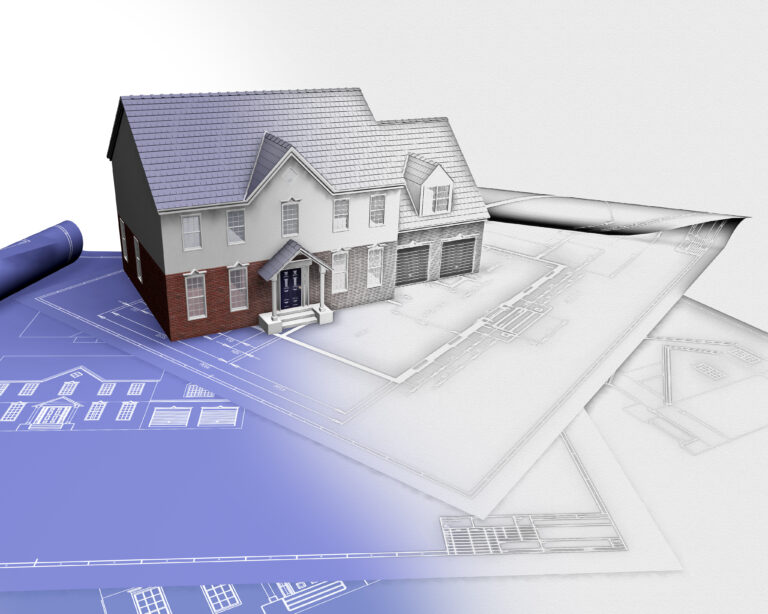Introduction
In today’s fast-paced world, finding a peaceful sanctuary can be a rare luxury. Whether you’re at home, in the office, or out and about in public, constant exposure to unwanted noise can disrupt your focus and increase stress levels.
Fortunately, a modern cure for this problem comes in the form of soundproof panels. In this comprehensive guide, we’ll explore the intricacies of soundproof panels, their manufacturing process, unique features, numerous benefits, versatile uses, and essential tips for choosing the right one. By the end of this article, you will have an in-depth understanding of how soundproof panels can be the ultimate noise reduction solution in a variety of settings.
Soundproof Panels
Soundproof panels, also known as acoustic panels, stand as a strong defense against the onslaught of noise. These panels are usually manufactured from high-density materials such as fiberglass or mineral wool, which are known for their exceptional sound absorption capabilities.
The manufacturing process involves compressing these materials into dense mats, creating a barrier that effectively blocks sound waves from penetrating your space. Additionally, wood acoustic panels, another popular type, are carefully cut from natural wood to improve absorption.
The commonly used in acoustic panels are acoustic wall panels, renowned for their exceptional sound absorption, boast key characteristics that redefine spaces. Crafted from high-density materials like fiberglass or mineral wool, they form impenetrable barriers against intrusive sound waves.

These panels often feature multiple layers and textured surfaces, not only absorbing sound but also preventing echoes within a room. From decibel-reducing walls in offices to enhancing audio quality in large venues, their versatility makes them indispensable. The distinctiveness of wooden acoustic panels, cut with precision patterns from natural wood, further amplifies their absorption capabilities, offering a harmonious blend of functionality and aesthetics.
Making Process
The heart of soundproof panels lies in their manufacturing process. High-density materials such as fiberglass or mineral wool are compressed into dense mats during production. This compression ensures that the panels effectively block sound waves, creating a strong defense against unwanted noise.
Wood acoustic panels, on the other hand, derive their effectiveness from specific patterns cut into natural wood, maximizing their absorption capabilities. This diversity in manufacturing allows for an array of shapes and sizes to meet different needs.
How to Choose the Right Soundproof Panel
Choosing the right sound dampening material needs to be done thoughtfully. Consider the specific application and desired outcome to guide your decision-making process. Some panels may be excellent at reducing impact noise, while others are more effective against airborne sounds.

Thickness is an important factor, which directly affects the level of noise absorption. Specific properties such as fire resistance should not be overlooked. Additionally, consider factors such as cost and aesthetics to make an informed choice that meets both functional and visual needs.
Features
Sound absorbing panels boast a number of features that make them highly effective in reducing noise pollution. With multiple layers of barrier material, they act as an impenetrable shield against sound. In addition to mere absorption, these panels also dampen room echoes. Many types come with textured surfaces that further enhance their noise-reducing capabilities. Whether attached to walls, ceilings or floors, these panels can transform any space into an acoustically pleasing environment.

The benefits of soundproofing solutions go beyond noise reduction.
First, they create silence by eliminating external noise sources. Secondly, they help concentration by promoting a calm environment.
Second, in large spaces such as auditoriums, sound-absorbing materials enhance audio quality.
Finally, their installation flexibility allows for customization, attracting professionals such as architects, interior designers, and musicians who seamlessly incorporate them into their designs.
How to Use
Soundproof panels find applications in a variety of settings. In office buildings, they serve as decibel-reducing walls or partitions, effectively blocking unwanted noise from neighboring office spaces. In residential settings, these panels can be a game changer in home theaters or bedrooms, creating a relaxing atmosphere. Their importance extends to recording studios, where sound quality is paramount. The versatility of soundproof panels enables them to be incorporated into any space where acoustic comfort needs to be enhanced.
Installation
Installing soundproof panels is a straightforward process, but it requires precision. Identify areas where noise reduction is critical, and strategically place panels. Whether on walls, ceilings, or floors, proper placement ensures optimal performance. Many panels come with user-friendly installation instructions, making it accessible to homeowners and professionals alike.
Acoustic Panel Installation - Tone Wall Panels
Result
Finally, soundproof panels emerge as the ultimate solution to reduce the challenges of unwanted noise in our daily lives. From their complex manufacturing process to the array of features that make them highly efficient, these panels offer a versatile and customizable way to reduce noise. Whether you’re looking for comfort at home, focus in the office, or better audio quality in large spaces, soundproof panels are an invaluable addition. With the right selection and installation, these panels can transform any space into a haven of peace and tranquility, contributing to a more relaxed and productive environment.
Frequently Asked Questions
1. Do soundproof panels completely eliminate noise?
Soundproof panels significantly reduce noise but cannot completely eliminate it. They create a very quiet environment by absorbing and blocking sound waves.
2. Can soundproof panels be used outdoors?
Although some panels are designed for outdoor use, it is important to choose panels specifically designed for outdoor conditions to ensure durability.
3. How old are soundproof panels?
The lifespan depends on the quality of the panels and their exposure to environmental factors. High quality panels can last for many years.
4. Can soundproof panels be painted or customized?
Many panels allow for customization, including painting. However, it’s crucial to follow the manufacturer’s guidelines to maintain their acoustic properties.
Alex Smith is a content writer at RealRender3D, writing informative articles on 3D rendering, interior design, architecture, and related topics.
With over 15 years of experience at top UK architecture and interior design firms, Alex leverages his expertise to write engaging content educating readers on AEC industry trends and best practices.
Connect with Alex at alex@realrender3d.co.uk.














